Mohair is celebrated for its exclusive lustre, sturdiness, and flexibility—features that have made it a prized fabric for hundreds of years, especially when harvested from young goats . Unlike Angora wool from rabbits, mohair upholstery fabriccomes from the hair of the Angora goat, forming a clean, silk-like fiber prized by means of designers and textile fanatics alike.
From cozy sweaters to luxurious mohair velvet upholstery fabric, mohair’s insulating houses preserve you heat in iciness and cool in hotter months, while its capacity to take dye brilliantly ensures a vibrant palette of colours. In this guide, we’ll explore what mohair cloth is, the way it’s sourced, its key traits, and why it stays a timeless luxury fiber in both fashion and domestic decor.
What Is Mohair?
Definition and Origin
At its core, mohair is a natural protein fiber harvested from Angora goats, which are often considered as part of the angora stock . Its name is thought to derive from the Arabic word “mukhayyar,” that means “chosen,” reflecting its fame as a premium fabric.
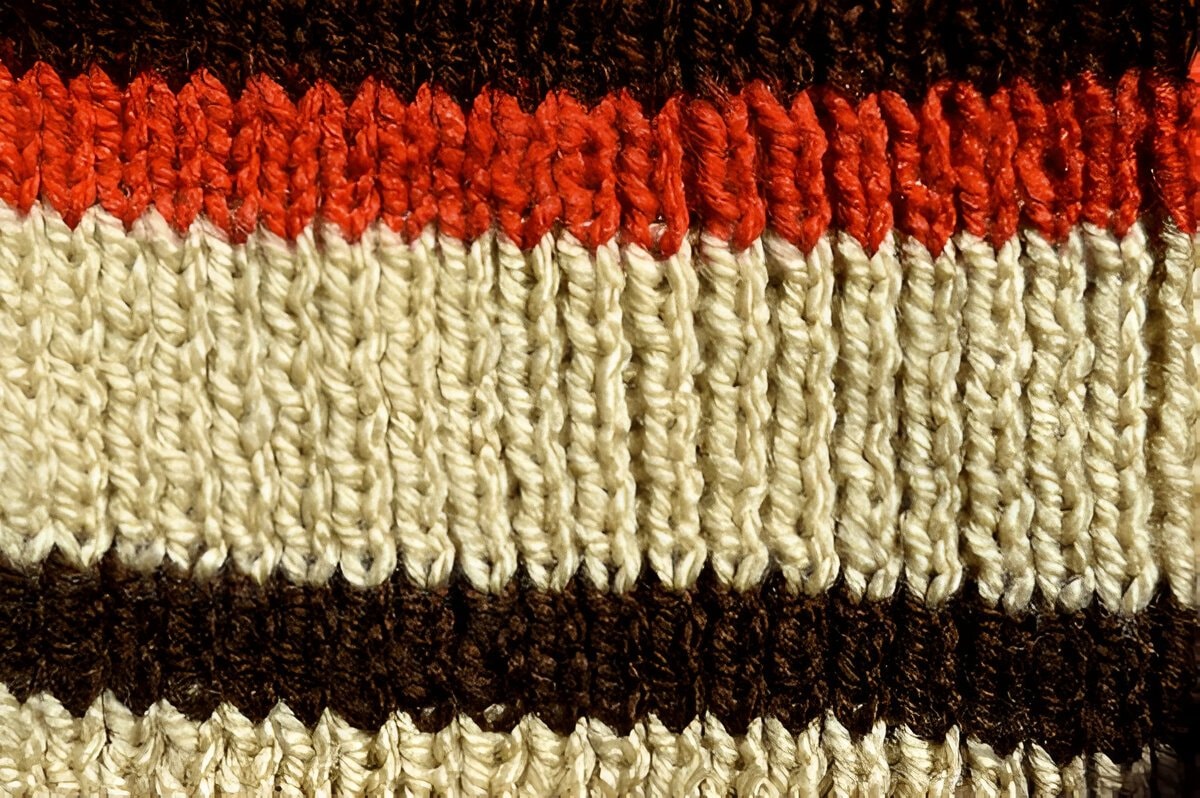
Mohair has been used for over 2,000 years—ancient Persians and Anatolians prized it for its sheen and heat, and by means of the 19th century, European weavers were spinning mohair into exceptional yarns for elegant garments.
Distinct from Other Animal Fibers
While “Angora” often receives conflated with rabbit wool, mohair is solely goat hair. Angora rabbits produce a fiber that is noticeably soft and fuzzy, while Angora goats (the supply of mohair) generate a smoother surface, more lustrous fleece.
Unlike sheep’s wool, mohair has nearly no scales on the fiber floor, which prevents felting and gives mohair its feature drape and shimmering finish, making it a durable choice for numerous programs.
Historical Significance
Mohair’s recognition soared in the 18th and nineteenth centuries whilst European artisans located that its high tensile power and elasticity allowed for the introduction of exceptional, light-weight fabrics that resisted pilling and creasing.
Victorian-era style fanatics embraced mohair shawls and dresses, and through the 20th century, mohair upholstery cloth have become a symbol of luxurious in both residential and commercial interiors, especially with the popularity of mohair velvet.
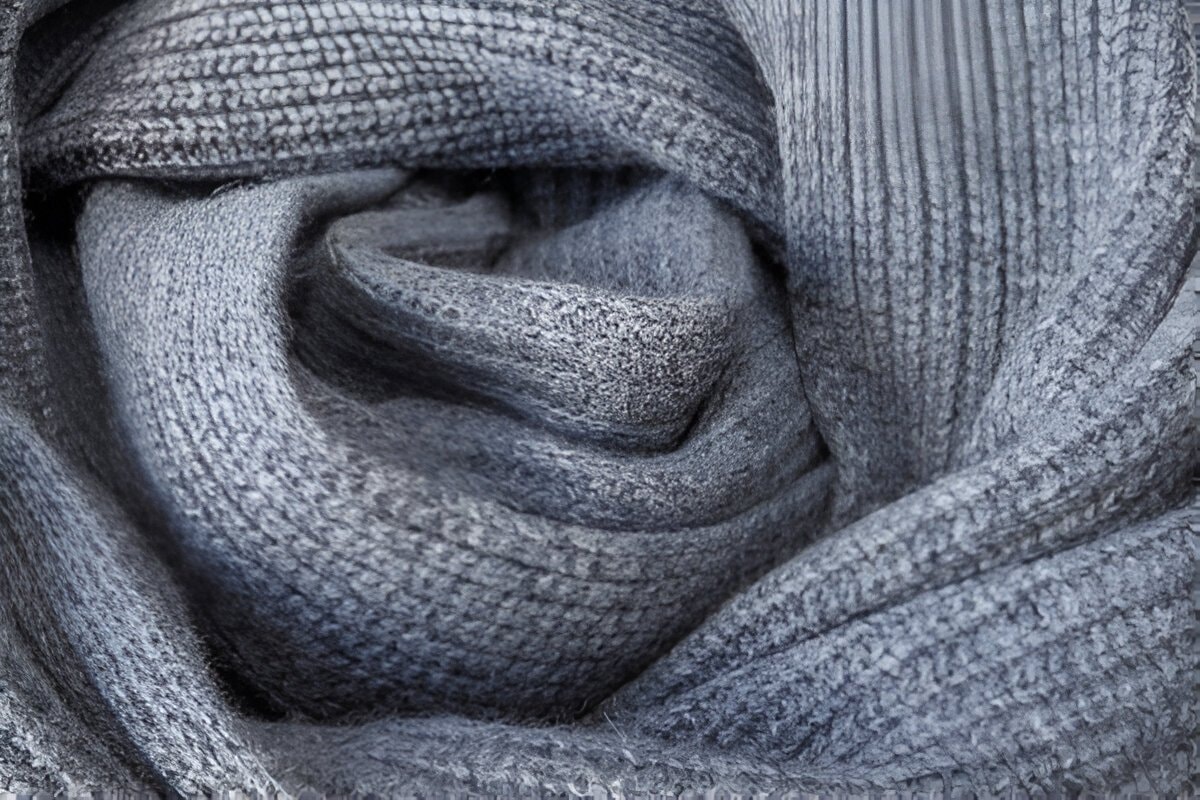
What Animal Produces Mohair?
The Angora Goat Explained
Mohair originates from the Angora goat, a breed named after Ankara (previously Angora) in modern-day Turkey. These goats have been selectively bred over centuries to supply quite long, smooth locks.
Adult Angora goats and common goats weigh among 70–110 kilos for females and a hundred and eighty–225 kilos for adult males. Both genders game pronounced spiral horns (longer and more curved in adult males), erect ears, and a specific coat of great hair rather than wool.
Global Distribution and Yield
While Turkey remains the ancestral home of Angora goats, South Africa now leads global mohair production, contributing almost 50% of the world’s yield. The United States (specifically Texas) and, to a lesser quantity, Australia also keep enormous mohair herds.
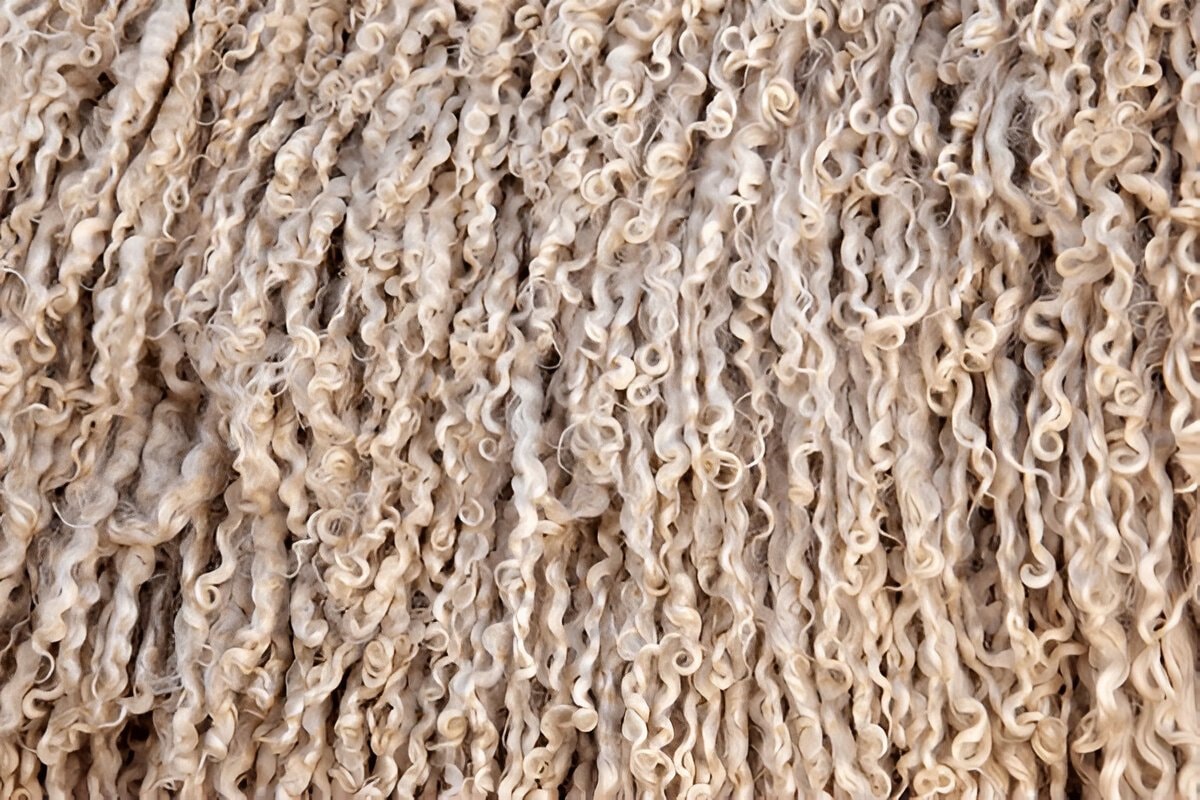
Each goat is typically sheared twice a yr—as soon as in spring and again in fall—yielding approximately 4–6 kilograms (8.8–13.2 kilos) of fleece yearly. The first shearing (from children referred to as “kid mohair”) produces the softest, best fibers, noticeably hunted for luxurious garb, including numerous forms of mohair garb . Subsequent shearings produce coarser fibers, ideal for upholstery, carpeting, and business uses.
Shearing and Fiber Grading
Processors grade mohair consistent with fiber diameter (micron rely) and staple period. Kid mohair fibers—typically 23–30 microns in diameter—are highly smooth and used for delicate garments like scarves and first-rate sweaters.
Adult mohair might range from 30–60 microns, lending itself to extra sturdy programs including draperies, heavy jackets, yarn or carpets. Because fiber quality without delay influences texture and sturdiness, including thickness top class mohair frequently instructions a higher charge inside the marketplace.
Key Characteristics of Mohair Fabric
Luxurious Luster and Drape
One of mohair’s most celebrated attributes is its natural sheen, often defined as “silk-like.” This sheen effects from the smooth, almost scale-unfastened floor of the fiber, which reflects mild more uniformly than wool. When woven or knit, mohair drapes gracefully, including an fashionable contact to garments like cardigans or formal suits.
Insulation and Moisture Management
Although mohair is light-weight, its hole middle traps air, presenting brilliant insulation. In winter, it maintains the wearer heat; in milder situations, it can help maintain comfort by wicking moisture faraway from the pores and skin.
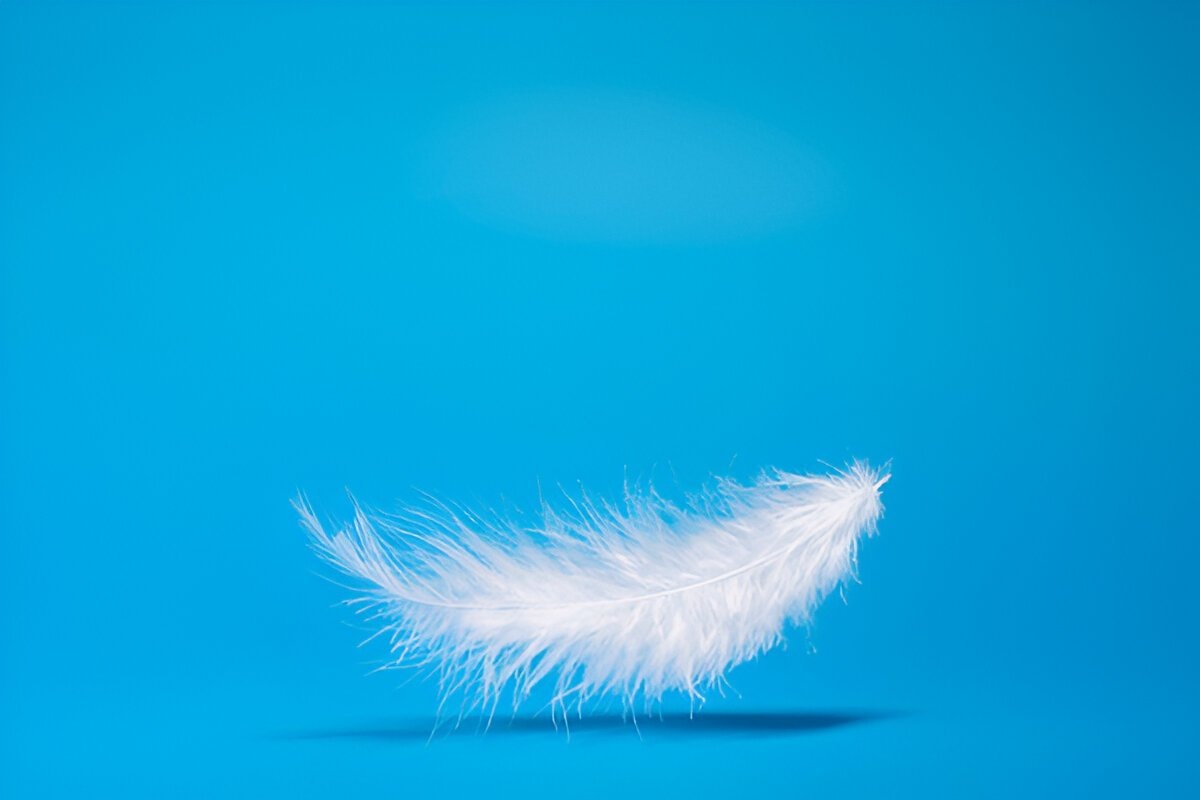
Mohair fibers can soak up up to 30% of their weight in moisture without feeling damp, reducing odor buildup and making it appropriate for each cold-climate knits and light-weight summer season blends, whilst spot cleaning is also an option .
Wrinkle Resistance and Dye Affinity
Unlike cotton or linen, mohair resists creasing, which makes it a low-renovation fiber for journey-ready garments. Its affinity for dyes is fantastic; mohair takes up colour flippantly and yields vibrant, long-lasting colorings that withstand fading over time.
This is why you’ll often locate mohair knits in jewel tones like emerald, ruby, or sapphire, in addition to pastel shades favored in spring collections.
Comparison to Other Fibers
Below is a comparison chart summarizing key attributes of mohair versus cashmere, alpaca, and regular wool:
Fiber Type | Softness (1–10) | Warmth | Lustre | Durability | Cost |
Mohair | 8 | High | Very High | Very High | $$–$$$ |
Cashmere | 10 | High | Moderate | Moderate | $$$$ |
Alpaca | 9 | High | Low–Moderate | Moderate | $$$ |
7 | Moderate | Low | Moderate | $–$$ |
Note: Cost indicators ($ = least expensive, $$$$ = most expensive) are approximate and vary by region and quality.
Common Uses of Mohair
Fashion Applications
- Mohair Sweaters & Cardigans: Fedora-soft and fuzzy, mohair sweaters provide cloud-like warm temperature with a light-weight experience. Their halo effect (a moderate fuzz across the knit) creates a romantic, antique aesthetic that’s particularly famous in autumn/winter collections. For styling thought and specific mohair sweater designs, discover curated galleries from main knitwear manufacturers.

- Coats and Jackets: Blended mohair-wool coats offer both shape and softness, with a diffused sheen that elevates outerwear. Many excessive-end designers contain mohair panels or trims in trench coats and tailor-made jackets for a costly accessory.
- Scarves, Hats, and Gloves: Mohair’s insulating prowess and lush hand make it best for accessories. Lightweight mohair scarves drape elegantly, even as fuzzy hats and fingerless gloves hold you heat with out adding bulk.
Mohair Sweaters: Style and Care Tips
Why Mohair Sweaters Are Popular
Mohair sweaters occupy a unique niche: they are simultaneously plush and light-weight, with a halo impact that provides depth to any outfit, similar to the luxurious feel of velvet . Because mohair fibers capture mild, a sweater can appearance almost iridescent.
Layering a mohair cardigan or different mohair sweaters ver a easy tank or get dressed transforms a casual ensemble into some thing elegant. For a bolder assertion, oversized mohair pullover styles in vibrant hues are regularly featured on runways every fall.
Pros and Cons of Mohair
Pros
- Superior Insulation: Mohair’s hole fibers trap air correctly, providing warmth without extra weight.
- Natural Sheen & Softness: Its luster and soft hand give clothes a pricey experience similar to silk.
- Durability & Resilience: Mohair resists pilling, tearing, and mould, making it suitable for high-stop garb and upholstery.
- Moisture-Wicking: By absorbing moisture with out feeling damp, mohair allows modify body temperature.
- Biodegradable: As a herbal protein fiber, mohair decomposes extra effectively than synthetic alternatives.
Cons
- Cost: High-quality mohair regularly contains a top rate rate tag—corresponding to cashmere—because of extensive farming and processing.
- Potential Itchiness: Although mohair is smooth, some sensitive skin sorts may discover coarse mohair (from grownup goats) barely itchy. Kid mohair is usually softer however costs extra.
- Animal Welfare Concerns: Ethical implications stand up from the remedy and shearing of Angora goats. Some farms have confronted grievance for inhumane practices.
- Care Requirements: Mohair frequently calls for special care—hand washing or dry cleansing—and cannot be tossed in a normal washing system.
- Allergen Potential: Like different animal fibers, mohair can trigger allergies in a few people sensitive to lanolin or animal proteins.
Mohair vs Other Wools
When choosing between mohair and other luxury fibers, including fur t helps to understand how they compare in key performance areas:
Attribute | Mohair | Cashmere | Regular Wool (e.g., Merino) | |
Softness | Soft (especially kid mohair), but with more sheen than fuzz | Ultra-soft (the gold standard for plushness) | Very soft and smooth, though more matte than mohair | Soft (Merino), but can vary—some wool can be scratchy |
Warmth | High insulation due to hollow fiber | High insulation | High insulation, similar to cashmere | Moderate to high; Merino is warm but heavier than alpaca |
Lustre & Appearance | Highly lustrous, silky sheen | Moderate; more matte with subtle sheen | Low to moderate; matte finish but with a soft glow | Low; wool has a matte, classic finish |
Durability | Very high; resists pilling and holds shape | Moderate; prone to pilling if not cared for | Moderate; alpaca fibers can be brittle at finer diameters | Moderate; Merino is fairly durable but can pill over time |
Weight (LOI) | Lightweight yet warm (ideal for layering) | Lightweight | Lightweight to medium weight | Variable; Merino can be lightweight or medium weight |
Cost | $$–$$$ (kid mohair more expensive) | $$$$ (cashmere is typically the most expensive of the four) | $$$ (often less than cashmere but more than merino) | $–$$ (Merino and other wools are more budget-friendly) |
Care Complexity | Hand-wash or dry clean; moderate maintenance | Hand-wash or dry clean; careful handling | Hand-wash or gentle machine cycle; easier than cashmere | Can be machine-washed on delicate cycle; easiest maintenance |
Note: LOI = Low Order of Ignition (indicative of insulation properties); Cost indicators are approximate relative values.
Is Mohair Ethical and Sustainable?
Natural and Renewable Resource
Because Angora goats can be shorn twice yearly without damage, mohair is taken into consideration renewable. Goat farming usually calls for less water than cotton cultivation and has a smaller carbon footprint than many manmade fibers. Mohair also biodegrades, returning vitamins to the soil whilst composted—unlike polyester or acrylic, which linger in landfills for centuries.
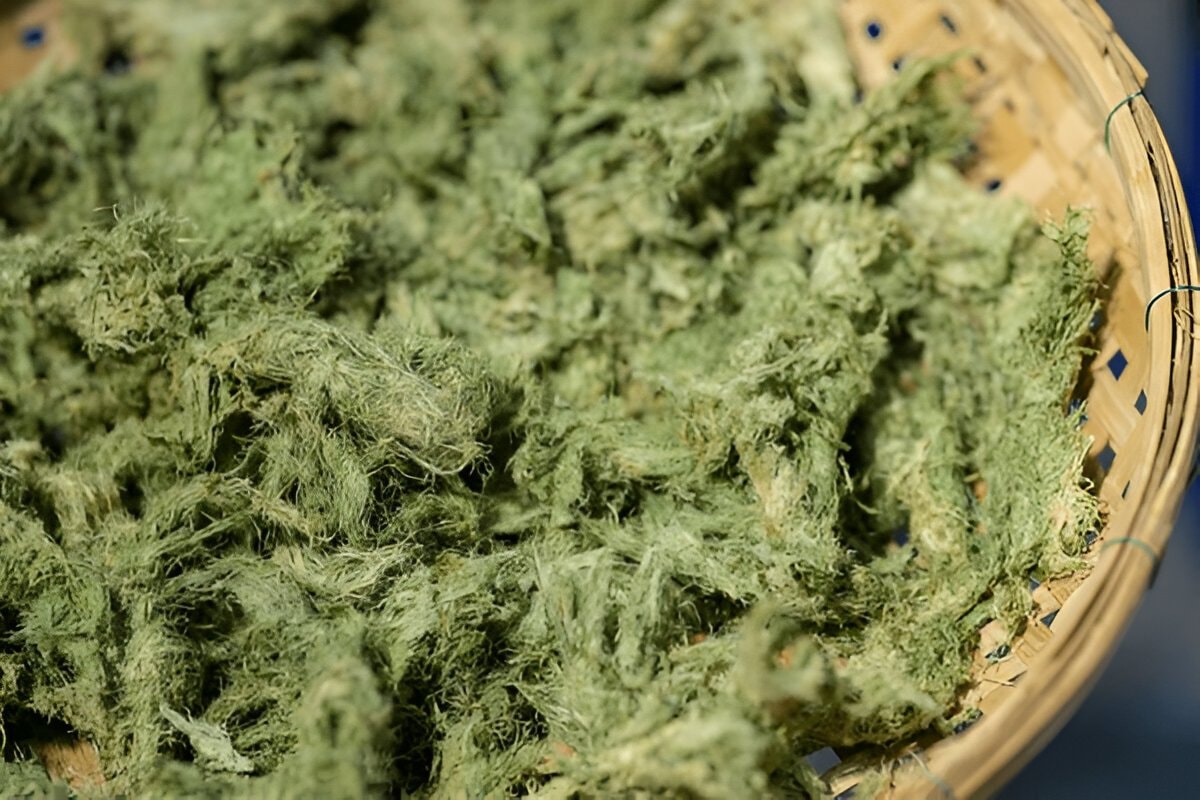
Environmental Considerations
- Land Use and Grazing: Large mohair farms, specifically in South Africa, should control rangeland carefully to prevent overgrazing and soil erosion. Responsible ranchers practice rotational grazing, permitting pastures to regenerate.
- Water and Chemical Use: Processing mohair involves scouring (washing) to remove grease and oils, which may be water-intensive. Sustainable generators recycle water and minimize chemical usage through making use of eco-friendly detergents and closed-loop remedy structures.
Animal Welfare and Certifications
Questions have arisen concerning the remedy of Angora goats on some industrial farms. To make sure ethical sourcing, look for mohair licensed by professional bodies which include the Responsible Mohair Standard (RMS) or Global Organic Textile Standard (GOTS). These certifications confirm that:
- Goats are well-cared for, with access to meals, water, and veterinary care.
- Shearing practices reason minimum strain and risk of harm.
- Farm infrastructure meets animal welfare hints (ok shelter, coloration, and space).
By selecting RMS-licensed mohair, purchasers can help producers committed to high welfare requirements and environmental stewardship.
Final Thoughts: Why Mohair Is a Timeless Luxury Fiber
Mohair’s combination of luster, warm temperature, and durability cements its popularity as a top class fabric fiber for discerning consumers. Whether you’re knitting a comfy mohair clothing sweater to layer beneath a tailored coat, upholstering a announcement couch with luxurious mohair velvet, or truely admiring the sheen of a mohair-brushed headscarf,
this goat-derived textile provides performance and beauty in identical measure, regularly being as compared to fur for its costly sense .
As sustainability and eco-awareness retain to influence shopping selections, mohair’s reputation as a biodegradable, renewable fiber, along with its production in many countries, similarly complements its enchantment. By opting for ethically licensed mohair garments and textiles, you invest now not simplest in luxury however also in responsible style and design practices.
Next time you’re identifying among a basic wool combo and a chunk so as to stand the take a look at of time—each in fashion and sturdiness—don’t forget mohair. Its silky drape, colourful dye uptake, and resilience towards put on provide a curation of advantages that few natural fibers can suit.
For more information on associated luxurious fibers, explore our in-intensity Cashmere vs. Mohair Comparison or discover how to care for your excessive-stop knits in our Luxury Fabric Care Guide.





